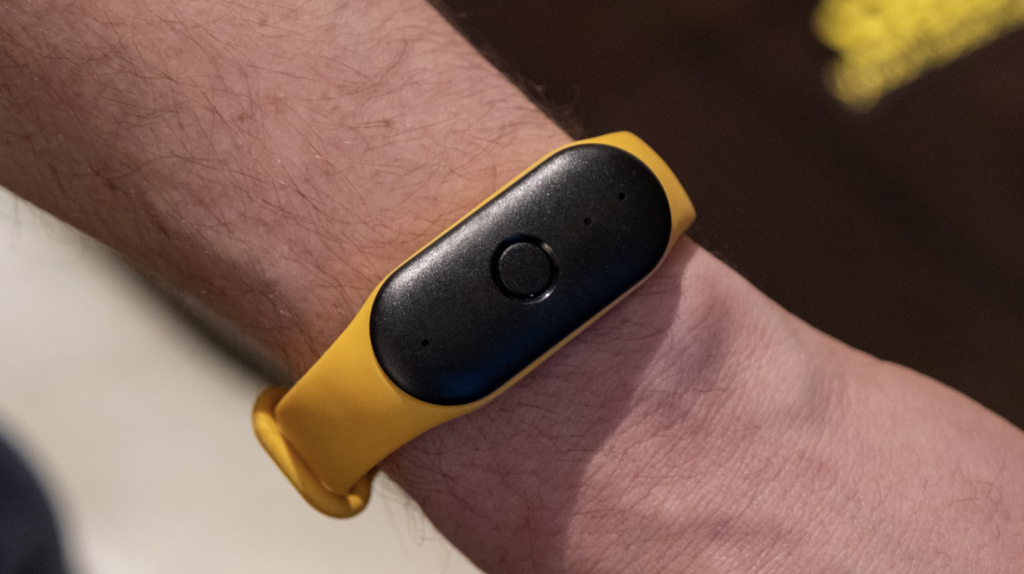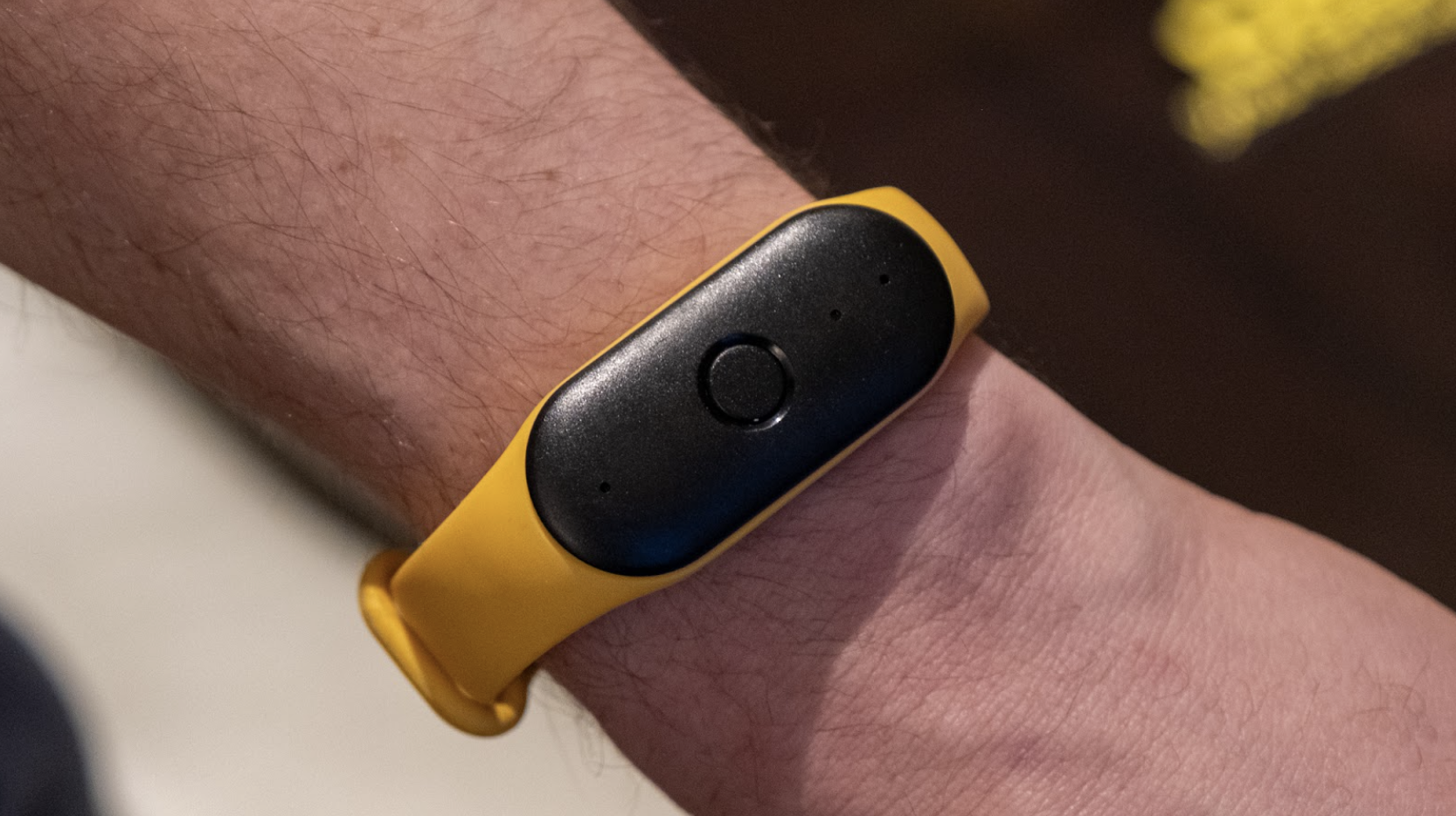
The concept of wearable AI devices hasn’t exactly taken off. Devices like the Rabbit R1 and Humane AI Pin have been largely criticized for overpromising while under-delivering. Now, a new company, Bee, is taking another stab at the concept with its wrist-worn AI device.
The Bee AI device, called the Bee Pioneer, is essentially designed to listen to you go about your day and use the information it collects to build a personalized knowledge base about your life. It can remember things you did during the day, create to-do lists based on what it hears, and even search through conversations you had. It’s also relatively affordable, at only $49.99, unlike the other AI devices.
I had a chance to check out the Bee Pioneer, its associated AI service Bee AI, and speak to Bee’s co-founders Ethan Sutin and Maria de Lourdes Zollo for myself at CES 2025.
Scaled-back design
If you saw someone wearing the Bee Pioneer device, you wouldn’t necessarily assume it’s an AI device. It’s a very scaled-back wrist strap that looks much more like a basic fitness tracker than anything else. It’s made of black plastic and has one button for multiple purposes. Pressing the button once mutes the microphones, and pressing it again unmutes them.
Alternatively, you can press and hold the button to ask the Bee AI assistant a question. However, this action is customizable, so you could configure it to do something else.
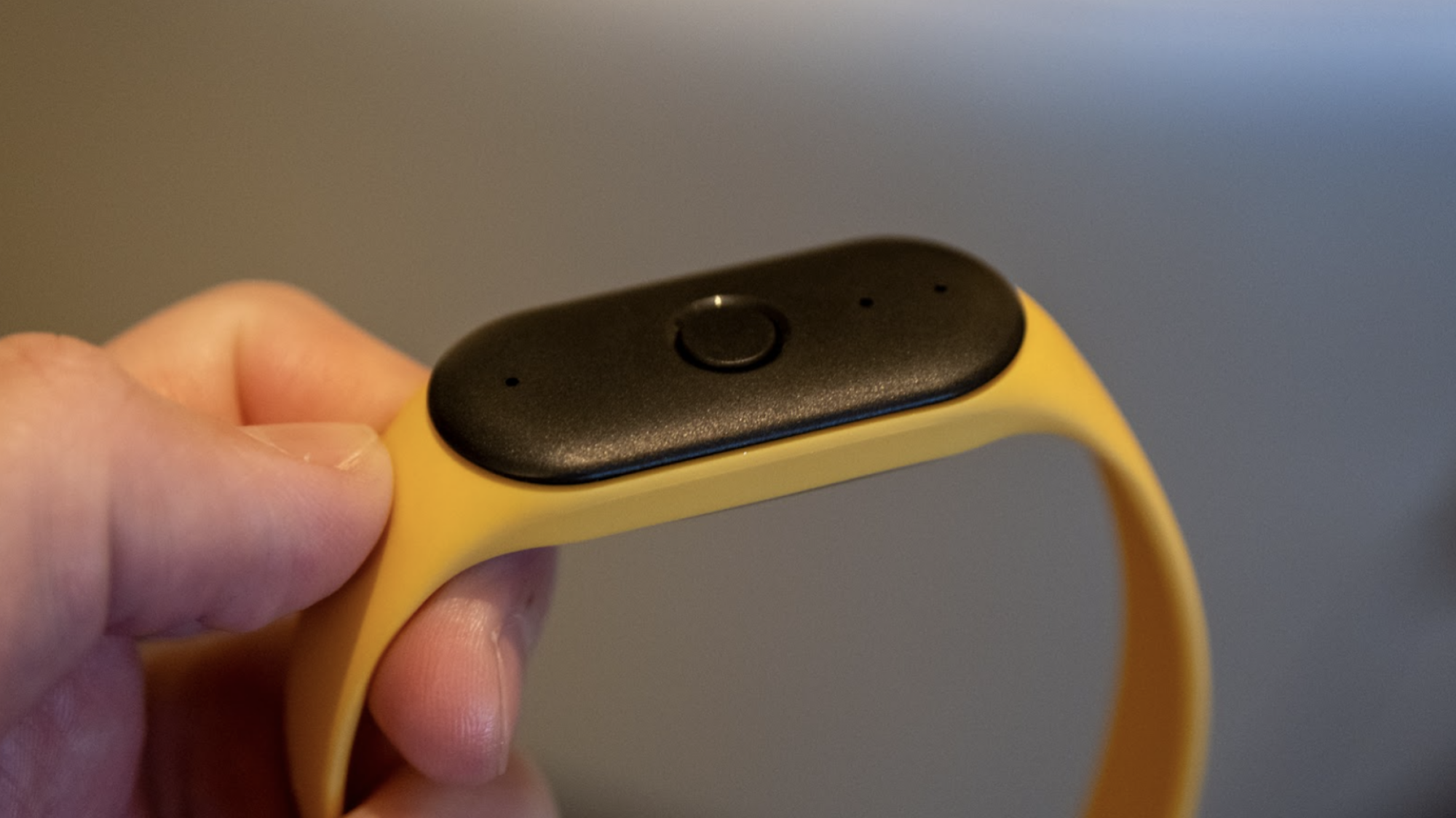
Credit: Christian de Looper for Mashable
When you ask it a question, it will respond through the speakers built into your phone — no speakers are built into the device itself. The main reason is that if you’re wearing headphones, you’ll want the response to come through headphones instead of through the wristband, where you might not hear it.
The microphones are also meant to be relatively sensitive. According to Bee co-founder Ethan Sutin, if you can hear whoever you’re talking to, even in a busy environment, the device should also hear them and you.
The device doesn’t rely on the wristband at all. Instead, the module embedded in the wristband can be removed and attached to other accessories, like a clip, so that it can be worn on your clothes. This is a neat idea, though I’m not sure most people would want to wear it on their clothes instead of as a bracelet.
It’s all about the app
The wristband is just a listening device that sends data to the app, which is where Bee’s power comes into play. Through the app, you can see transcripts of conversations, summaries of your location histories, and more. It’s essentially a log of your life, including conversations.
I found the app relatively well-designed, even though I didn’t play with it for very long. You can ask questions related to conversations you’ve had, and the AI assistant will use that data to provide personalized responses. The app doesn’t store any audio, though it does store full transcripts of all your conversations. When you ask the assistant a question, it responds using a mix of commercial and open-source large language models, including ChatGPT and Gemini.
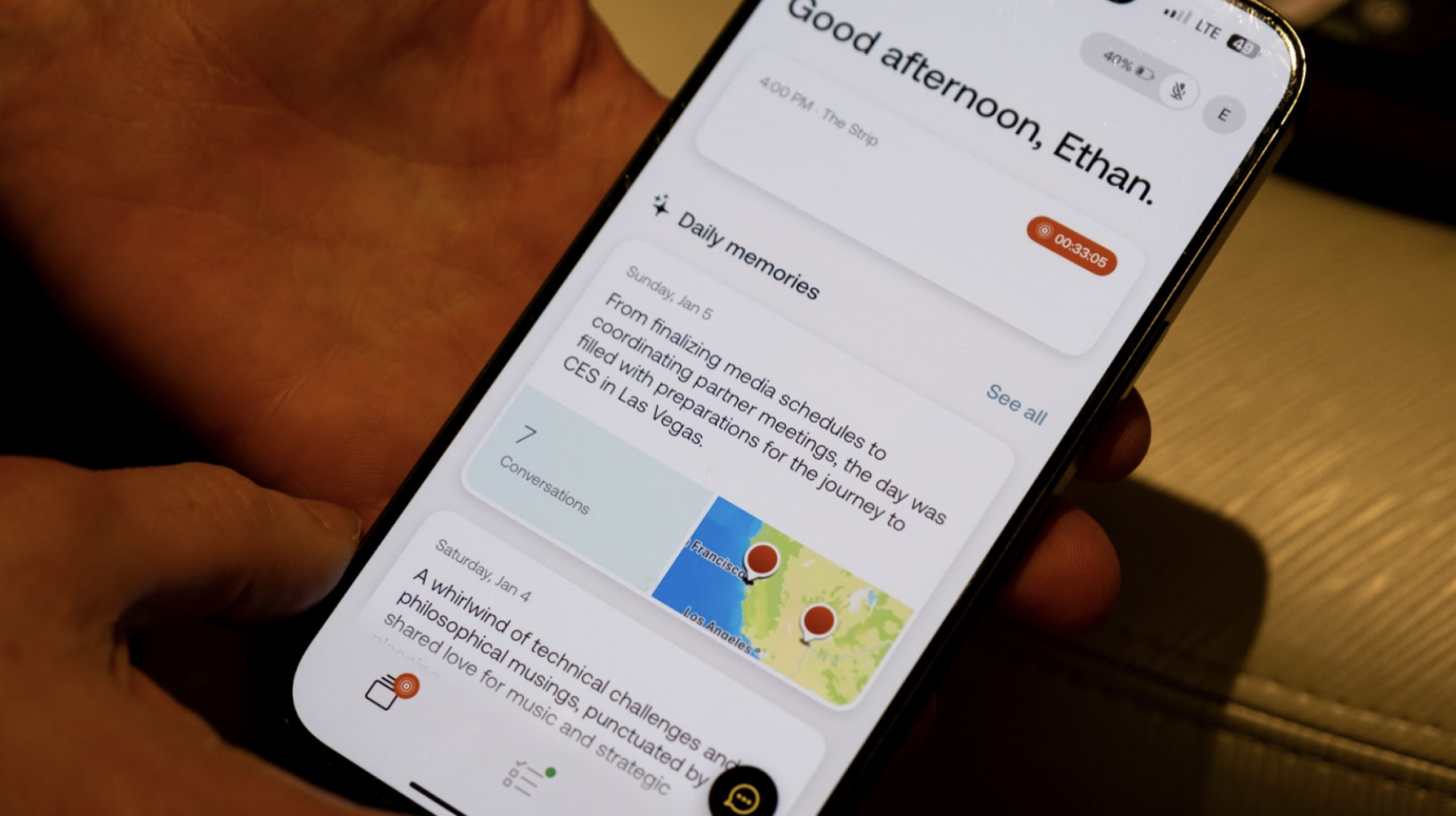
Credit: Christian de Looper for Mashable
The app allows you to label the people you speak to. It will remember voices for future conversations and accurately label them.
Perhaps more interesting, it will use information around your conversations to create reminders and to-do lists for you. According to the co-founders I spoke to at CES 2025, this is a little more complicated than you might assume. The AI assistant must determine which tasks are essential and which aren’t important enough to add to a to-do list. Bee can also connect to services like Gmail and Google Calendar, so you can ask questions about your emails and upcoming events.
The future of personalized AI
Bee has massive plans for the future of its services, though. It’s primarily hoping that its AI assistant can perform tasks for you in much more helpful ways. One of the company’s CES demos involved the assistant independently completing tasks on the phone. However, those tasks weren’t completed on your phone; instead, they were on an emulated Android phone in the cloud, with logged-in sessions for services like WhatsApp.
This was incredibly cool to watch, and it sets the device apart from some competition. While the final iteration of the service won’t include a view of the emulated phone, watching it complete a task on the phone, such as sending a WhatsApp message, was like watching a human do it.
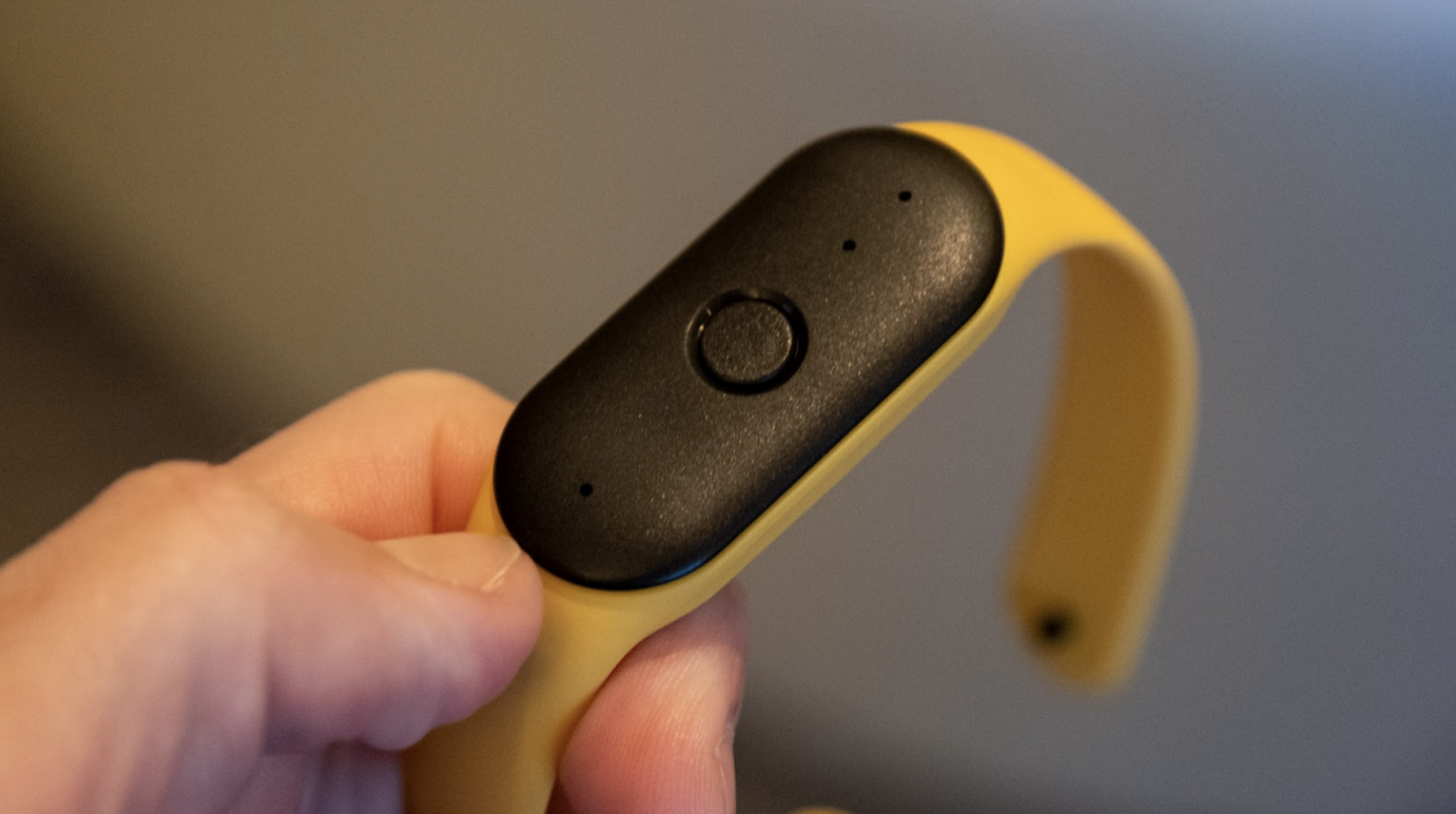
Credit: Christian de Looper for Mashable
That said, even when Bee AI can completely control your phone, the co-founders told me that it doesn’t necessarily plan on Bee AI becoming the do-it-all AI assistant that replaces everything else. Instead, they think Bee AI can coexist with other AI services and be useful for different purposes. For Bee’s part, the service provides a more personalized experience that helps users remember their conversations and what they need to do.
Privacy concerns
Of course, all of this presents numerous questions about privacy. The privacy concerns surrounding having an emulated phone in the cloud are apparent, but given that the feature isn’t available yet, it’s probably not worth discussing them at length. Bee says that the biggest reason that particular feature is still in beta is that it’s still figuring out how to ensure its privacy and security.
But there are other privacy-related concerns, too. Bee might not store actual audio clips, but it stores full transcripts of your conversations, which is cause for concern. Sure, you can mute the device, but it’s hard to remember to proactively do so when you’re just living your life and having what you might consider to be private conversations with someone like your spouse.
The company is also proactive about security. It says it will set up a bug bounty program to encourage the search for security-related bugs in its services. The co-founders generally value privacy and security as important aspects of their business. After all, if there were any security issues, the product might not survive long.

